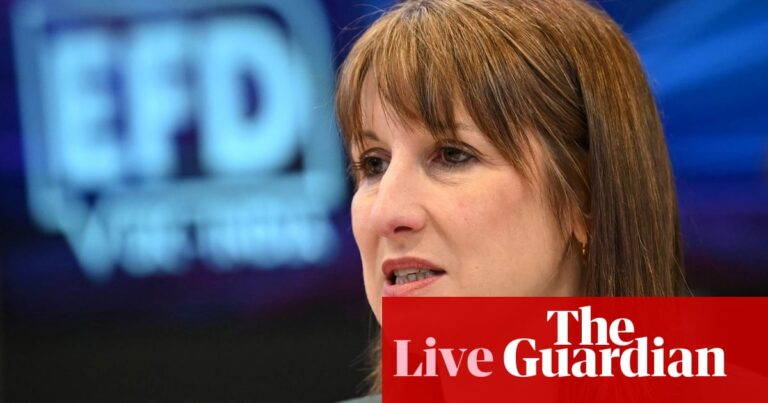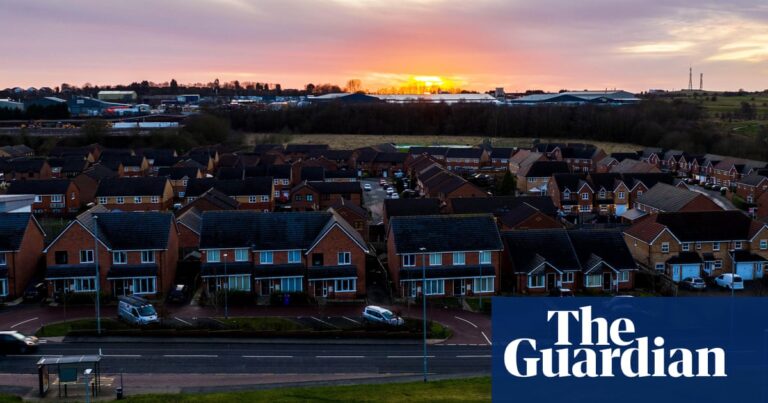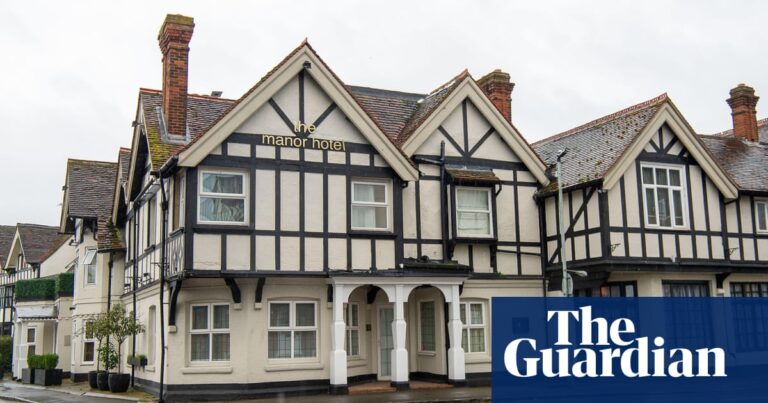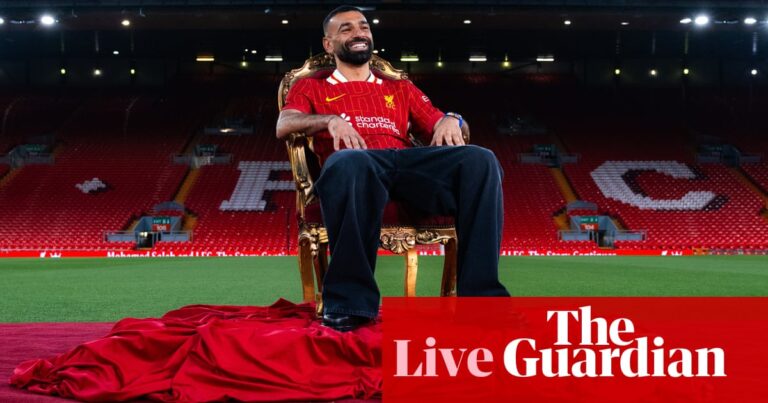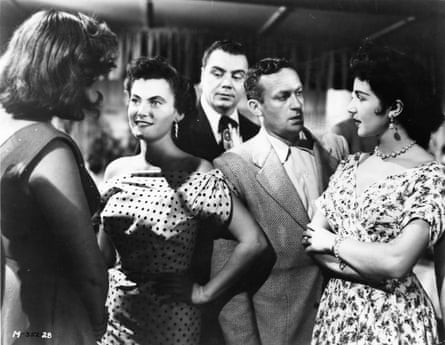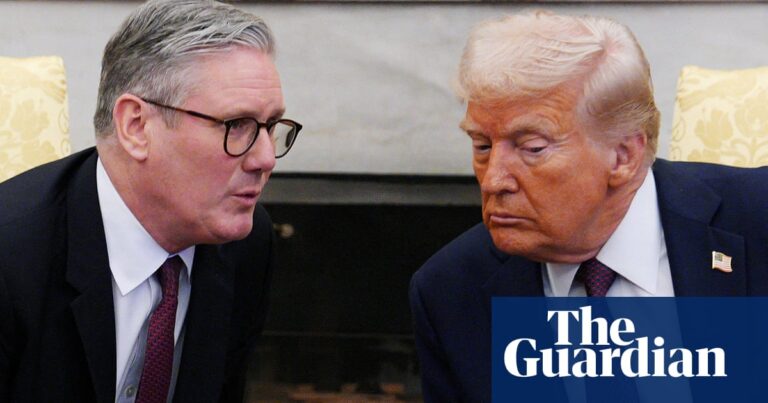The convoy arrived just after sunrise: a stream of police vehicles, council trucks, mounted cranes and coaches, ready to dismantle a tent city of migrants and refugees in the heart of Dublin that had become too big, too visible, too political.
They fenced off streets and herded shocked, sleepy men from Afghanistan, Pakistan, Nigeria and other countries on to buses and began to extirpate about 200 tents, gradually extinguishing all traces of the camp, but no amount of sweeping and hosing could remove the whiff of elections and diplomacy gone wrong.
Everyone agreed the shantytown around the government’s International Protection Office (IPO) at Lower Mount Street was an abomination – unhygienic, unsafe, unfair, a stain on Ireland’s conscience – but the manner and timing of its removal reeked of politics, both Irish and British.
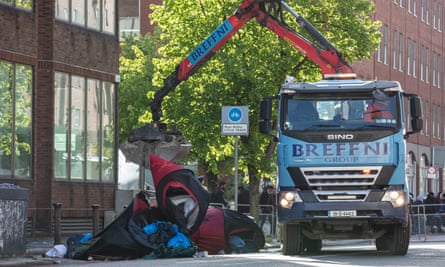
Seven days earlier, the justice minister, Helen McEntee, said 80% of recent arrivals had entered via Northern Ireland, prompting delight from Rishi Sunak, who claimed vindication for his Rwanda plan, which in turn prompted a row between the two governments, which both face pressure to control migration.
The Tories are trying to avert wipeout in local elections in England and Wales on Thursday and a general election later this year. Ireland’s ruling coalition is under similar pressure to stem arrivals before local and European elections in June and a general election by March.
And now, under a bright May Day sun, came a dramatic swoop on the most visible evidence of Ireland’s migration crisis, an improvised camp that had sprung up 14 months earlier.
“This is hypocrisy,” said Sami Kupiszewski, 50, an asylum seeker from Turkey, as he watched a crane’s jaws edge closer to his tent. “This is not a solution. They’re just sweeping the people under the carpet. There is no dignity.”
Other tent-dwellers overlooked in the initial sweep hesitated: should they join friends on the coaches, bound for shelters, or slip away and take their chances on the streets? Several melted away down Stephen’s Lane.
Roisin McAleer, whose group Social Rights Ireland had provided tents and duvets, expressed disgust. “Moving people out of sight and out of mind – this is not what protection looks like. This is cleansing.”
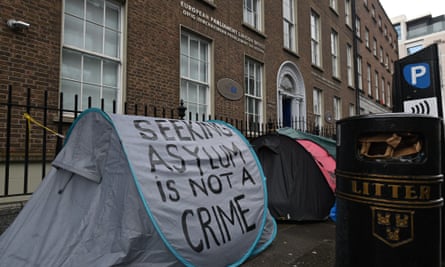
Some bystanders were gleeful. “Bye bye,” grinned a young woman, filming the scene. “See ya! Now we’ll have some peace.” A man wheeling a bicycle shouted approval. “Finally, the government had done something.”
The men were ferried to a refugee shelter at Citywest and tented accommodation at Crooksling, a campsite 12 miles south-west of Dublin, where they were promised showers, meals and medical care.
The taoiseach, Simon Harris, called it a humanitarian operation. “The situation had become completely unacceptable. The laws of our land must always be upheld and we cannot have unsafe and illegal encampments in our cities or towns.”
Authorities had tolerated the makeshift camp for more than a year, citing a housing crisis and influxes from Ukraine and elsewhere that filled shelters, hotels, guesthouses and other accommodation. Harris promised “new energy” when he replaced Leo Varadkar last month and unleashed that at Mount Street, which squawked with sirens and police radios.
But the scene had another soundtrack – Tory glee. Irish rebels used to say England’s difficulty was Ireland’s opportunity, but here the situation was reversed. Dublin’s discomfort was London’s elixir.
after newsletter promotion
For Downing Street, the claim that 80% of recent arrivals to the republic had come via Northern Ireland showed that the threat of deportation to Rwanda was working as a deterrent. For Brexiters, redirecting the flow to Ireland was a bonus. Having tormented the Brexit dream by insisting on no border on the island of Ireland, the Irish were now, it seemed, reaping the whirlwind. Sunak sweetened the schadenfreude earlier this week by saying the UK would not accept the return of asylum seekers from Ireland.
The reality may not be quite so dramatic. The 80% figure – which on Wednesday the Irish government raised to 90% – is based not on data, but on impressions of Irish officials who work with arrivals. It is also extrapolated from the fact that 6,136 of a total of 6,739 who applied for protection this year did so at the IPO office, rather than a port or airport, suggesting they entered via the land border. However, non-govermental organisations dispute the estimate, and many arrivals are not counted, leaving unclear the proportion that are entering via the UK.
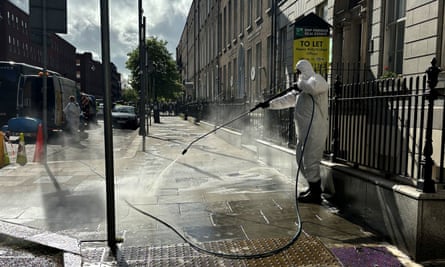
The Irish insist they will enact emergency legislation to allow the return of asylum seekers to the UK in keeping with a 2020 accord. The British say it was an operational arrangement with no legal obligation. Either way, there is little prospect of many people being sent back.
Since 2020, no one has been returned because of the Covid pandemic and a legal challenge over whether the UK was a safe third country for refugees. Under a different reciprocal arrangement while the UK was in the EU, it is understood that just a few dozen people, net, were exchanged.
The row over returnees may resemble two bald men fighting over a comb, but the political damage is real. In an electoral cycle, appeasing voters anxious about migration trumps bilateral ties.
There is no easy solution to managing the 310-mile border between the republic and Northern Ireland. Checkpoints and patrols remain anathema to the political establishment. “Border controls? No. We need to work with the British government,” said Ivana Bacik, the leader of the Labour party.
Others say the previously unthinkable may now be necessary. UK-registered cars carrying migrants had proliferated, said a woman who lived near Mount Street. “Do we need border checks? My heart says no, my head says maybe.”
Patrick Somers, 84, wondered what would happen to people he used to consider neighbours. “I feel sorry for them. Wherever they’ve come from, they have to live somewhere.” Somers recalled the taunts he experienced as a labourer in London in the 1960s. “They’d say: ‘Go home, Paddy, go home.’ I remember that when I see these poor people.”
Source: theguardian.com









